Subtle signs appear long before the crisis does.
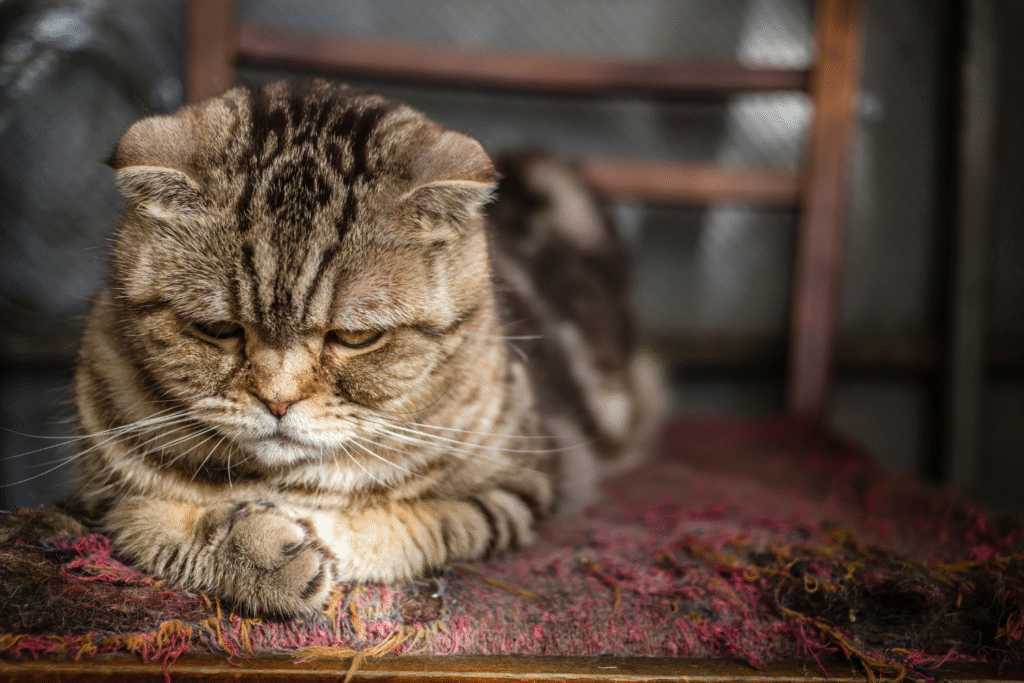
Diabetes in cats often sneaks in quietly, disguised as normal aging or mild behavior changes. It’s not rare, either—veterinarians estimate that as many as one in every two hundred cats will develop diabetes in their lifetime, with obesity being one of the biggest risk factors. The good news is that feline diabetes can be managed, even reversed in some cases, if caught early enough.
The challenge is that early symptoms are easy to shrug off as quirks. By the time they become obvious, a cat’s organs may already be struggling. Knowing what to watch for can change everything about how—and how long—your cat lives.
1. Water bowls empty faster than usual.
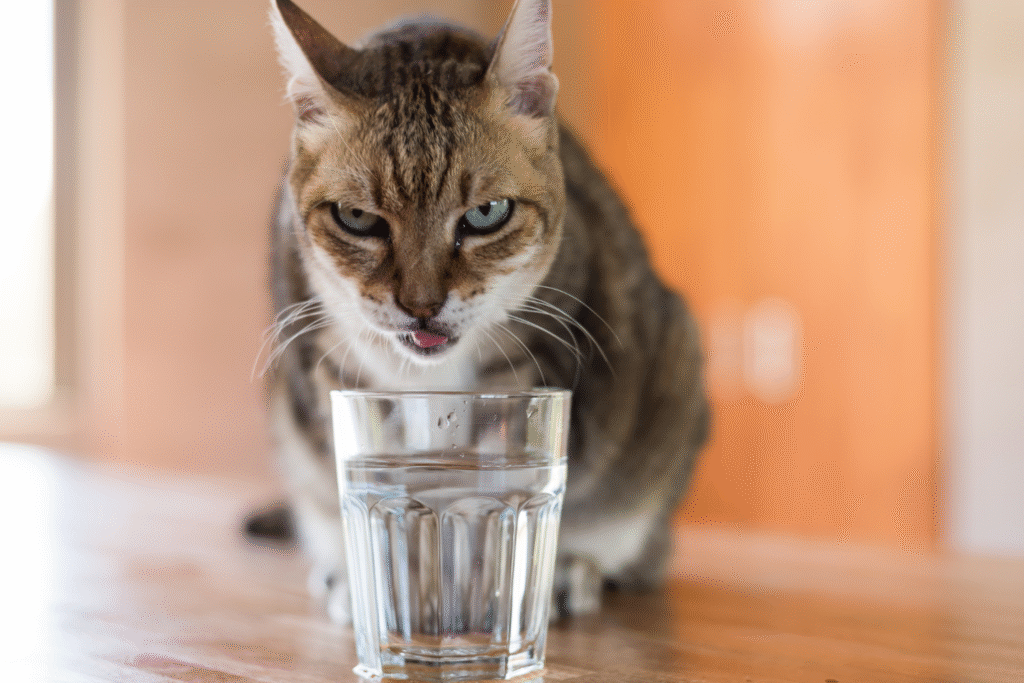
If you’re refilling your cat’s bowl more than normal, it’s not just thirst—it could be polydipsia, a key sign of diabetes. When blood sugar rises, the kidneys try to flush out the excess glucose through urine, causing dehydration. According to the American Veterinary Medical Association, this early thirst spike is one of the first detectable signs of feline diabetes.
Some owners notice it gradually, others overnight. Either way, cats that never used to finish a bowl suddenly seem insatiable. The increased drinking may seem harmless, but it’s your cat’s body quietly sounding an alarm that the metabolism is breaking down.
2. The litter box fills up much faster.
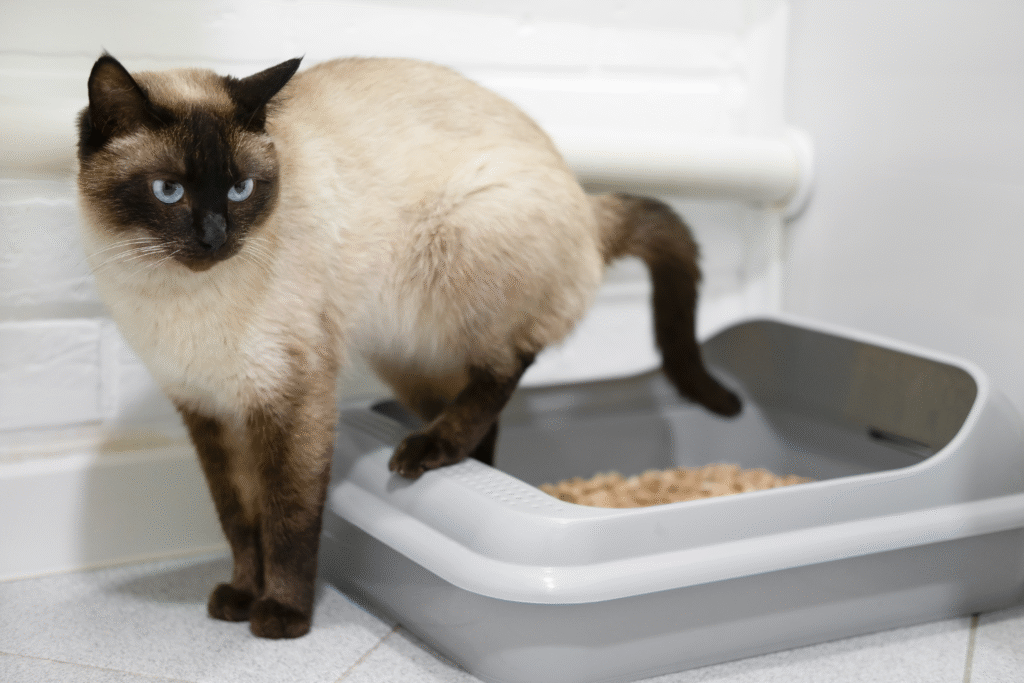
Frequent urination often follows increased thirst, but it’s usually brushed off as “drinking more means peeing more.” The difference is in volume and frequency—diabetic cats can urinate two to three times more than usual, as stated by the Journal of Feline Medicine and Surgery.
Owners might notice heavier litter or more clumping than normal. Over time, this dehydration cycle strains the kidneys, making the problem worse. If you ever find yourself changing litter twice as often, it’s worth mentioning at the vet, even if your cat seems otherwise fine.
3. Weight loss happens despite normal eating habits.
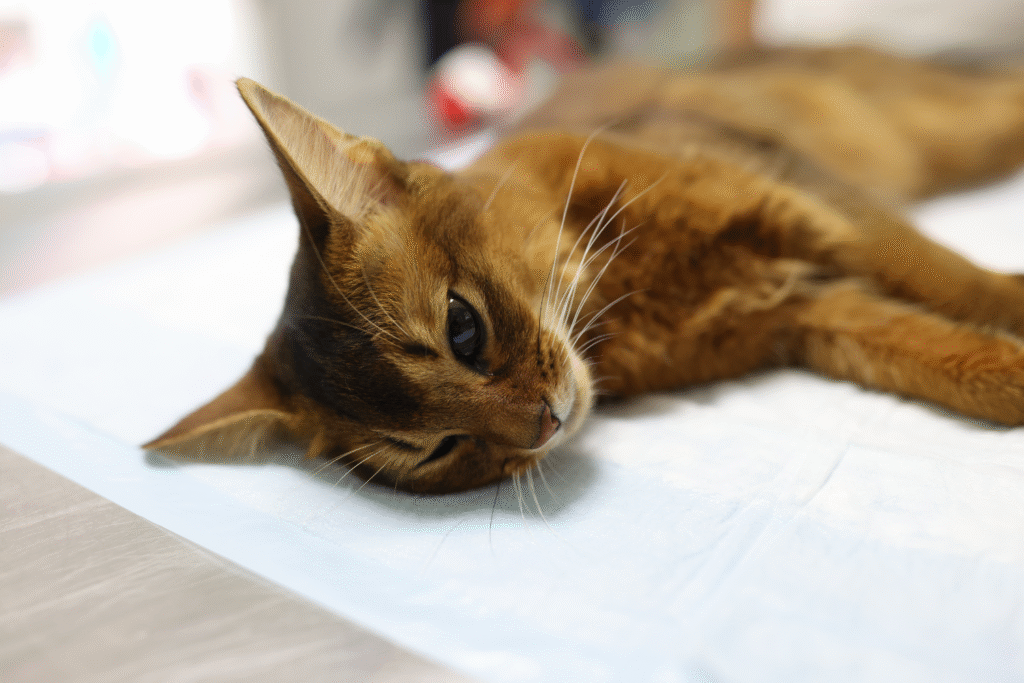
Cats with diabetes often appear to be eating normally—or even more than before—but still lose weight. It’s a sign the body isn’t converting food into usable energy. As reported by Cornell University College of Veterinary Medicine, the cells are starving even when food intake seems healthy.
Muscle tone fades first, then fat stores. Owners might notice looser skin or a more prominent spine. Because cats are masters of hiding weakness, they can still act lively while their metabolism collapses. It’s one of those changes that feels minor until it isn’t.
4. Their coat loses its silky texture and shine.
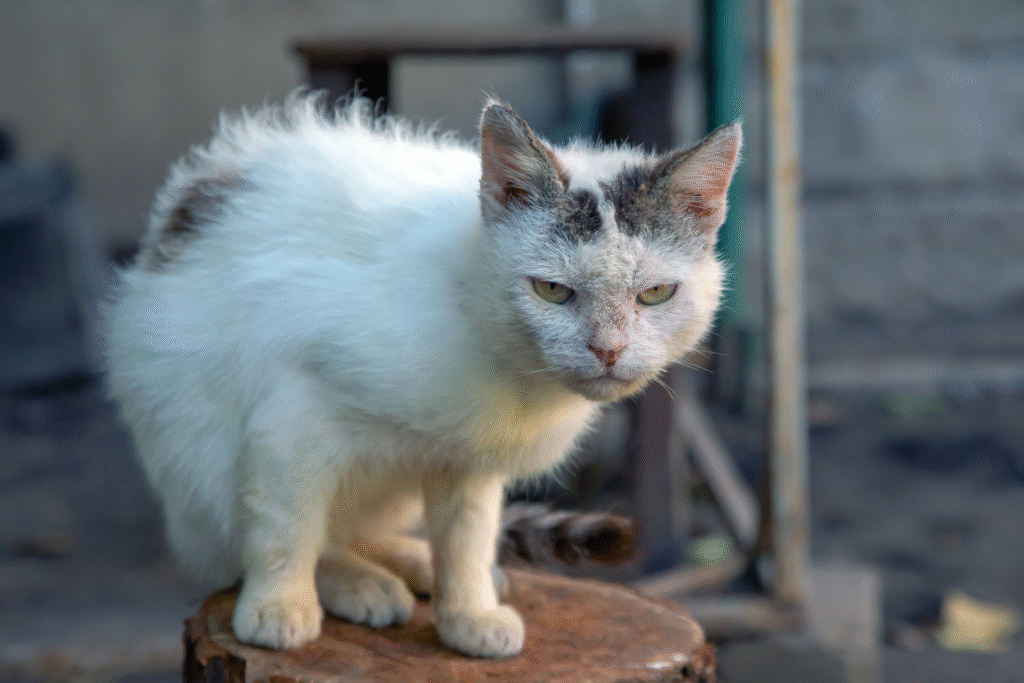
A cat’s fur is often the first to show when something’s wrong inside. When diabetes affects circulation and hydration, the coat becomes dull, flaky, or greasy. The grooming instinct weakens too, as fatigue and discomfort set in.
Some cats stop grooming altogether, leaving mats or oil patches along the spine. It’s not vanity—it’s biochemistry. The body is so focused on stabilizing blood sugar that it cuts corners elsewhere. For many vets, a neglected coat is one of the first visual signs that something metabolic might be off.
5. Your cat’s back legs seem wobbly or weak.
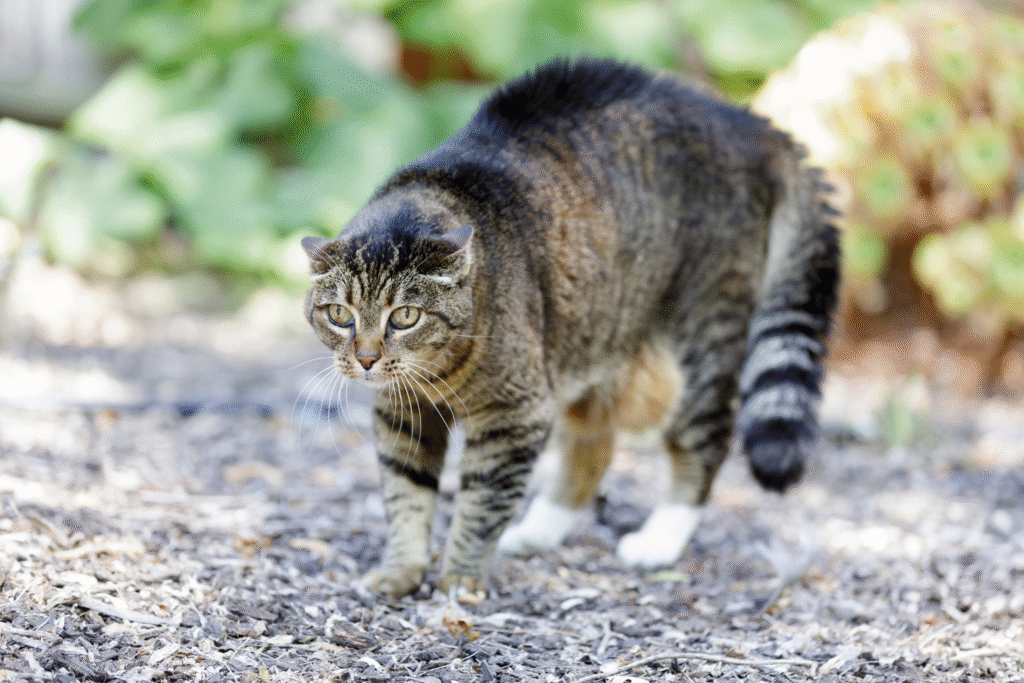
This subtle shift in posture, often mistaken for arthritis, can actually signal diabetic neuropathy. High glucose levels damage the nerves over time, leading to weakness in the hind legs. Cats may walk with their hocks low to the ground or hesitate to jump onto furniture they once leapt onto easily.
It’s heartbreaking to see because it often appears suddenly. The nerve damage can improve with treatment, but catching it early matters. If your cat starts missing jumps or moving awkwardly, it’s not clumsiness—it’s physiology revealing its struggle.
6. Their appetite swings between extremes.
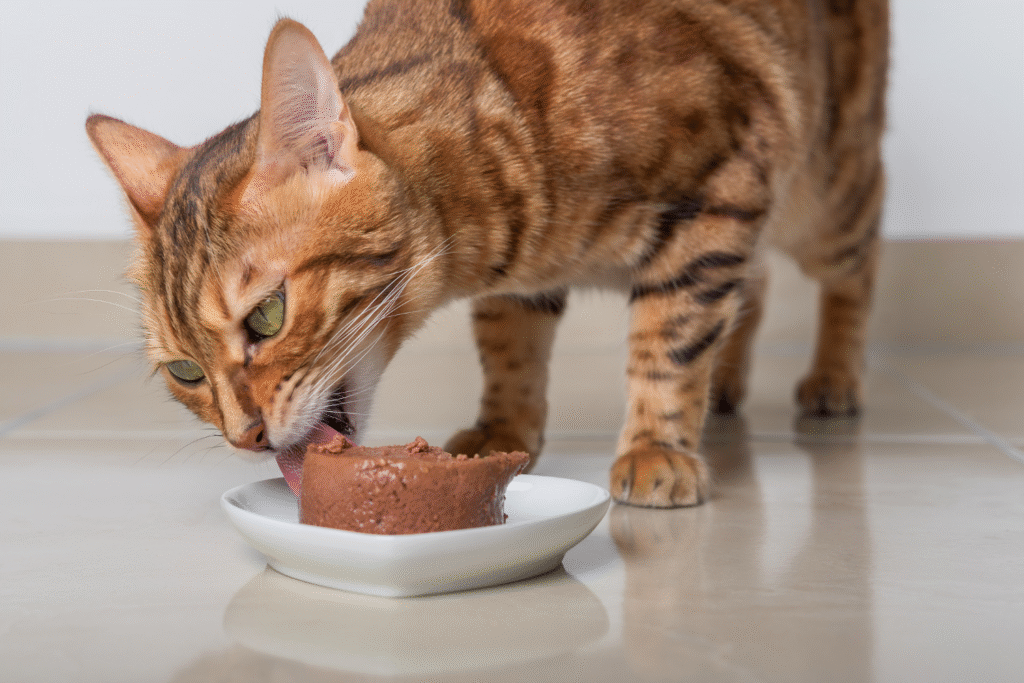
Some diabetic cats become ravenous, while others lose interest in food altogether. Both are signs of glucose imbalance. The body either craves energy it can’t process or feels nauseated by the buildup of unused sugar in the bloodstream.
This back-and-forth pattern confuses many owners, especially when paired with weight loss. Keeping a small journal of eating habits helps reveal patterns that might otherwise go unnoticed. A consistent appetite drop is one of the strongest reasons to schedule a vet visit.
7. They start sleeping more than they used to.
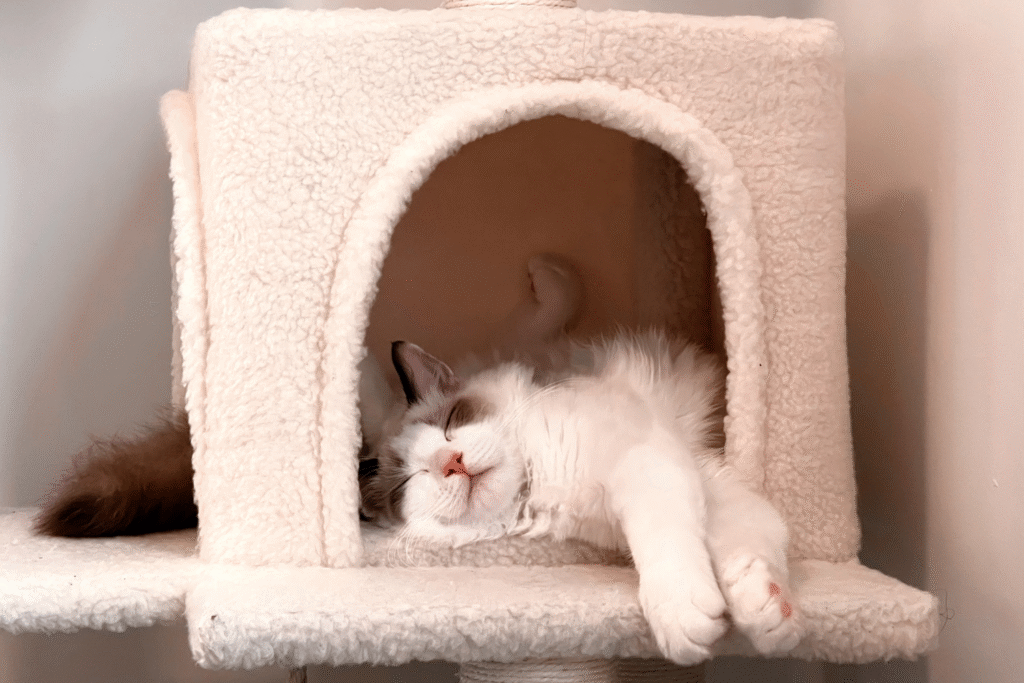
Cats are already professional nappers, but diabetic fatigue has a different texture. It’s deeper, heavier, and often accompanied by subtle withdrawal. A cat might nap through meals or skip play entirely, seeming more “checked out” than relaxed.
It’s easy to dismiss as normal aging, but this exhaustion comes from energy depletion at the cellular level. Their bodies are working overtime just to maintain basic function. If your cat’s daily rhythm shifts dramatically, it’s worth taking note.
8. Vomiting becomes a quiet, recurring pattern.

Occasional vomiting isn’t unusual for cats, but frequent, unprovoked episodes can point to diabetic ketoacidosis, a dangerous complication of untreated diabetes. This occurs when the body starts breaking down fat for fuel instead of sugar, creating toxic ketones.
The vomiting may start mild but escalate quickly, often paired with lethargy and dehydration. Cats in this state can decline fast, so early intervention is critical. If a cat vomits more than a couple of times a week without a clear cause, it’s not something to “wait and see.”
9. Their breath takes on a strange sweet scent.
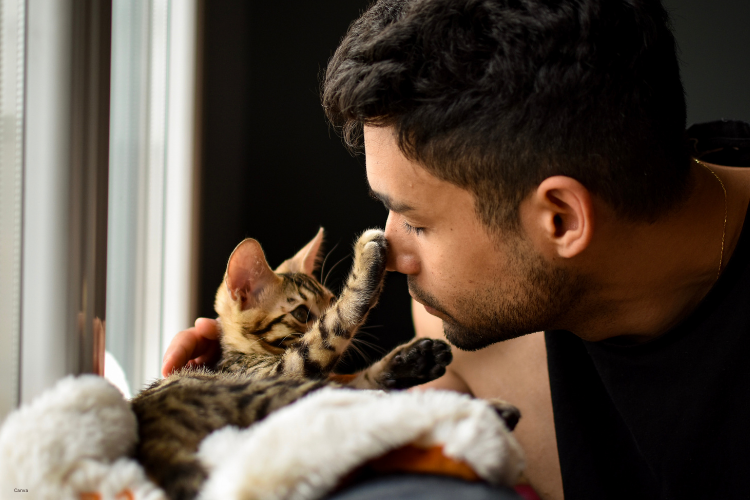
It sounds almost harmless—a faintly fruity smell—but it’s one of the clearest late-stage warning signs. Sweet-smelling breath often means ketones are circulating in the bloodstream, a hallmark of diabetic crisis. It’s sometimes described as nail-polish-like or syrupy.
Owners who catch it usually do so by accident, leaning in close during a cuddle or while feeding. It’s a scent you never forget once you associate it with illness. By the time it’s noticeable, the condition is serious, and veterinary care becomes urgent.
10. They start hiding more, even from favorite people.
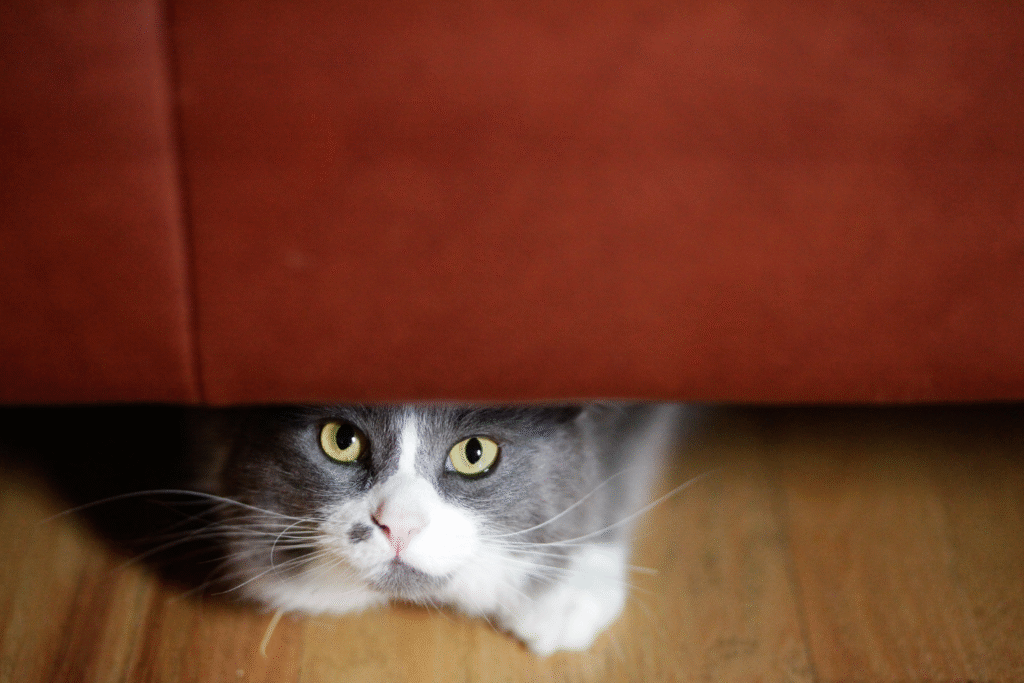
A cat that vanishes under the bed or avoids attention might be trying to manage pain or discomfort in silence. It’s instinctual. When chronic conditions like diabetes cause weakness or nausea, many cats withdraw to rest or feel safe.
This emotional change is easy to misinterpret as moodiness. In reality, it’s one of the last, clearest signs that your cat’s body is overwhelmed. When subtle behavior shifts stack up—more thirst, more urination, dull coat, quiet demeanor—it’s not coincidence. It’s communication. And the earlier it’s heard, the longer your cat gets to stay healthy and close by.
